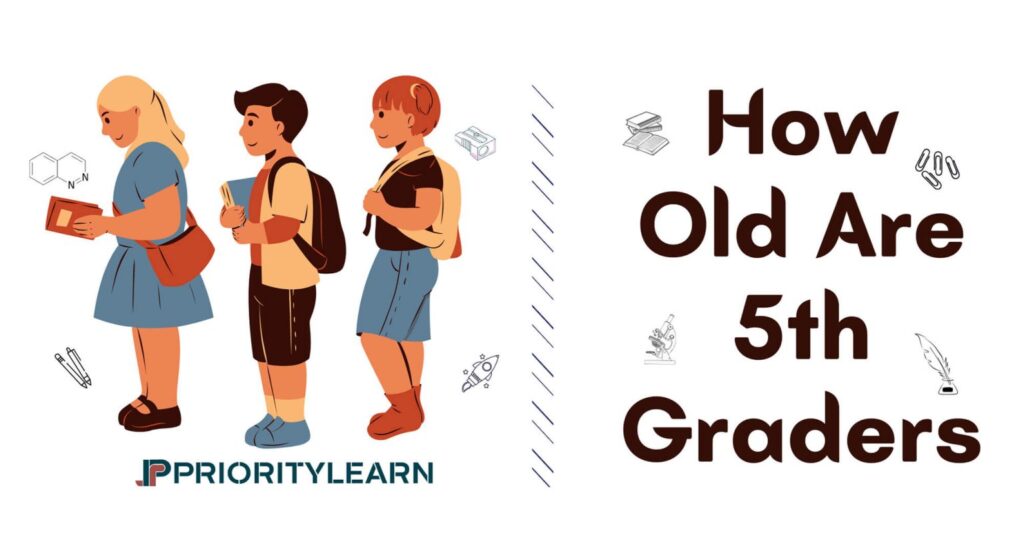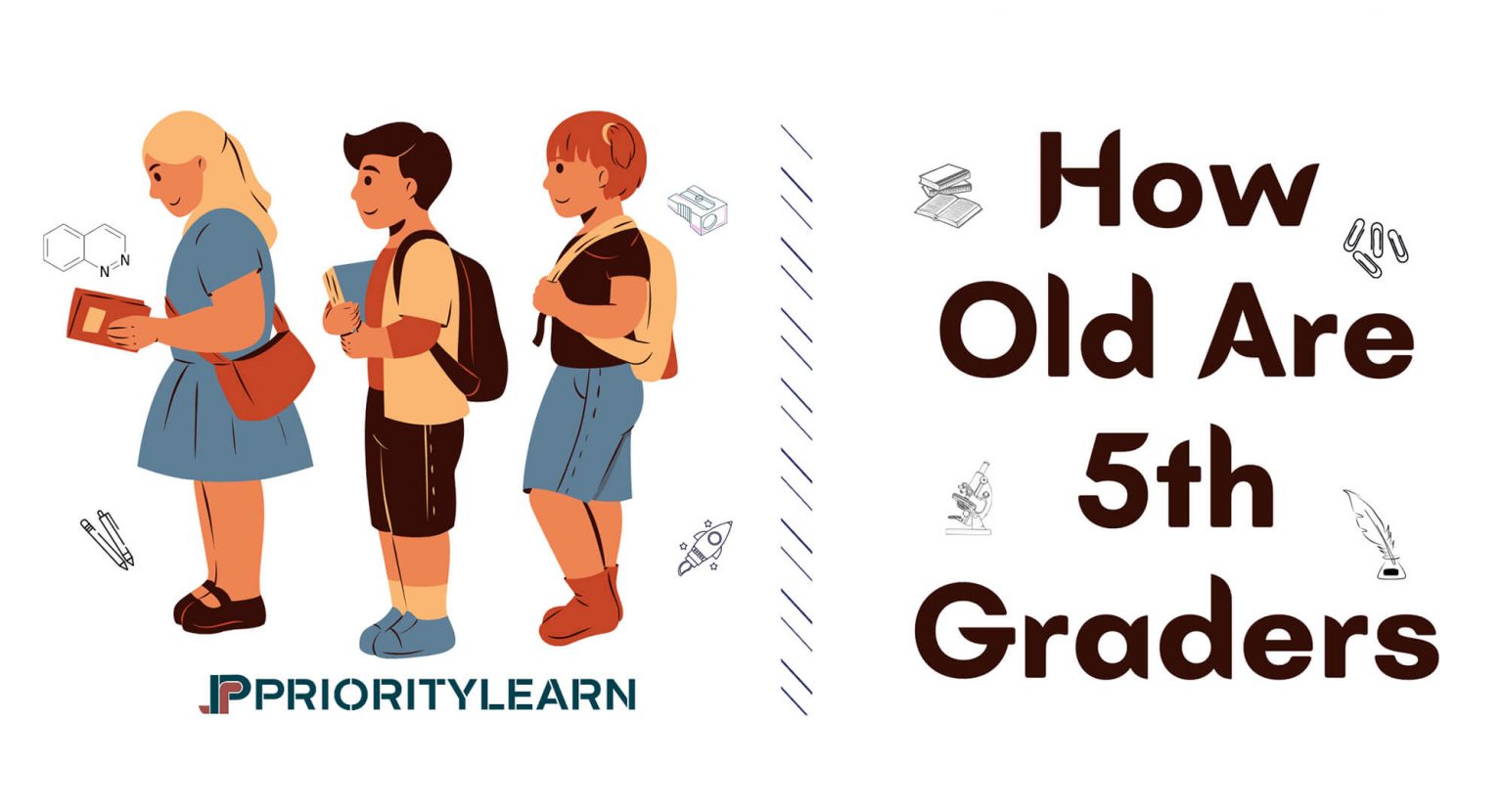
Unlocking the Numbers: What is the Average 5th Grader Age?
Understanding the developmental stages of children is crucial for parents, educators, and anyone involved in shaping young minds. One common question that arises is: what is the average 5th grader age? While it might seem like a straightforward query, the answer involves a range of factors, from school enrollment policies to individual student progress. This article aims to provide a comprehensive overview of the typical age range for 5th graders, the factors that influence it, and the implications for education and development.
Defining the Average 5th Grader Age
Generally, the average 5th grader age falls between 10 and 11 years old. This is based on the standard progression of students through the American education system, where children typically begin kindergarten at age 5 and advance one grade per year. Therefore, a student entering 5th grade would typically be 10 years old at the start of the school year and turn 11 sometime during the year.
However, it’s essential to remember that this is just an average. Individual circumstances can significantly affect a child’s grade placement. For example, a child with a late birthday might start kindergarten a year later, making them 11 years old at the start of 5th grade. Conversely, a child who is academically advanced might have been accelerated, placing them in 5th grade at age 9.
Factors Influencing a 5th Grader’s Age
School Enrollment Policies
School districts across the United States have varying cutoff dates for kindergarten enrollment. These dates determine whether a child is eligible to start school in a given year. For instance, a district might require children to be 5 years old by September 1st to enroll in kindergarten. A child born on September 2nd would then have to wait an entire year, potentially influencing their age when they reach 5th grade. These policies directly impact the average 5th grader age within a specific region or school.
Grade Retention and Acceleration
Academic performance plays a crucial role in determining a student’s grade level. If a student struggles significantly in a particular grade, they may be held back, or retained. This would mean they repeat the grade, making them older than the average 5th grader age. Conversely, academically gifted students might be accelerated, skipping a grade and entering 5th grade at a younger age. These decisions are usually made in consultation with teachers, parents, and school administrators, taking into account the child’s academic, social, and emotional development.
Early Childhood Education
Exposure to early childhood education programs, such as preschool or pre-kindergarten, can also impact a child’s readiness for school and their subsequent academic trajectory. Children who attend these programs often develop foundational skills earlier, potentially leading to smoother transitions and academic success. This early advantage can contribute to consistent grade progression, aligning them more closely with the average 5th grader age.
Individual Learning Pace
Every child learns at their own pace. Some children grasp concepts quickly, while others require more time and support. This individual learning pace can influence whether a child progresses through school at the typical rate. Factors such as learning disabilities, attention disorders, or language barriers can affect a child’s academic progress and potentially impact their grade placement, thus affecting the average 5th grader age.
Implications of Age Variation in 5th Grade
Social and Emotional Development
Age differences within a 5th-grade classroom can have implications for social and emotional development. A child who is significantly older or younger than their peers might experience social challenges, such as feeling out of place or struggling to connect with classmates. Educators need to be aware of these potential challenges and create a supportive classroom environment that fosters inclusivity and acceptance. Understanding the average 5th grader age helps teachers tailor their approach to meet the diverse needs of their students.
Academic Expectations
Teachers must also consider age variations when setting academic expectations. While all students in 5th grade are expected to meet certain learning standards, it’s important to recognize that students of different ages may have different learning styles and developmental needs. Differentiated instruction, which involves tailoring teaching methods and materials to meet individual student needs, can be particularly effective in addressing these variations. The average 5th grader age serves as a baseline, but individual student assessments are crucial for personalized learning.
Physical Development
Physical development can also vary significantly among 5th graders. Some students may be entering puberty, while others are not. These differences can impact their physical abilities, energy levels, and overall well-being. Teachers should be sensitive to these changes and provide opportunities for physical activity and movement throughout the day. Knowing the average 5th grader age allows educators to anticipate and address these developmental milestones.
Addressing Age-Related Challenges
Open Communication
Open communication between parents, teachers, and students is essential for addressing any age-related challenges. Parents should communicate with teachers about their child’s developmental progress, academic strengths and weaknesses, and any concerns they may have. Teachers should also communicate regularly with parents to provide updates on their child’s progress and to collaborate on strategies to support their learning. Understanding the average 5th grader age provides a common reference point for these discussions.
Individualized Support
Students who are significantly older or younger than the average 5th grader age may benefit from individualized support. This could include tutoring, counseling, or specialized instruction. Schools should have systems in place to identify students who need additional support and to provide them with the resources they need to succeed. This ensures that all students, regardless of their age, have the opportunity to reach their full potential.
Creating Inclusive Classrooms
Creating an inclusive classroom environment is crucial for supporting students of all ages and abilities. This involves fostering a culture of respect, acceptance, and empathy. Teachers can promote inclusivity by using diverse teaching materials, encouraging collaboration and teamwork, and celebrating the unique strengths and talents of each student. Recognizing the average 5th grader age while embracing individual differences is key to creating a positive learning environment.
The Importance of Focusing on Individual Growth
While understanding the average 5th grader age provides a useful benchmark, it’s crucial to remember that every child is unique and develops at their own pace. Focusing on individual growth and progress is more important than comparing students to an average. By providing personalized support, creating inclusive classrooms, and fostering open communication, educators and parents can help all students thrive, regardless of their age.
Ultimately, the goal is to ensure that all students have the opportunity to learn and grow in a supportive and challenging environment. By understanding the factors that influence a child’s grade placement and by addressing any age-related challenges, we can create a more equitable and effective education system. The average 5th grader age is just one piece of the puzzle; the real focus should be on nurturing the individual potential of each and every child.
Therefore, while the typical average 5th grader age is between 10 and 11, remember that flexibility, understanding, and individualized support are paramount to fostering a positive learning experience for all students. Keep in mind that comparing children is often detrimental; instead, concentrate on their individual journeys and celebrate their unique accomplishments.
[See also: How to Support Your 5th Grader’s Learning Journey]
[See also: Understanding 5th Grade Curriculum]

